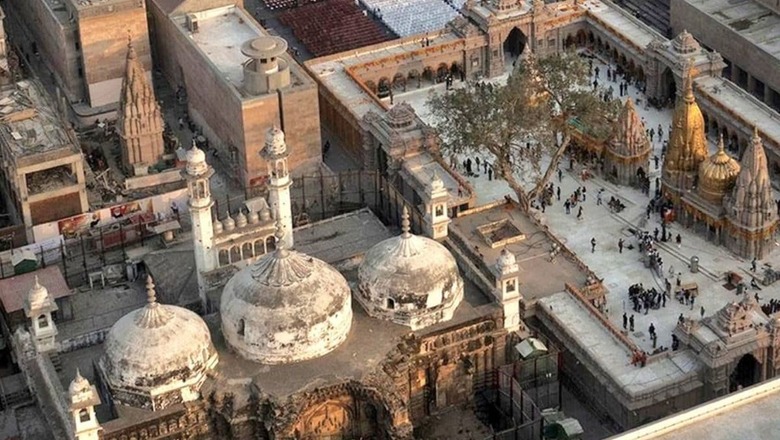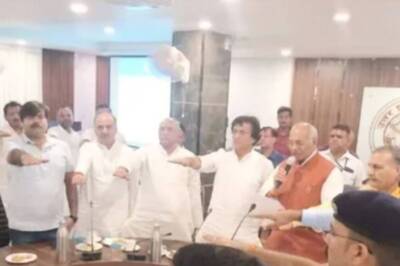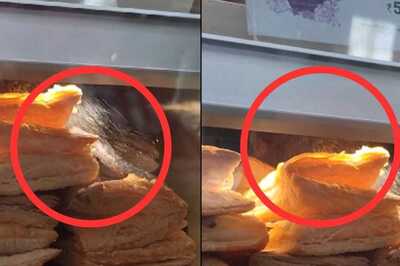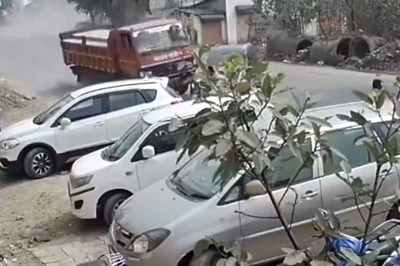
views
The Hindu said on Monday filed an application in the Supreme Court seeking the de-sealing of ‘wazukhana’ area in the Gyanvapi mosque. The area of ‘wazukhana’ was sealed in 2022 following an apex court after discovering what was said to be a ‘Shivling’.
In its plea, the Hindu asked the top court to allow the Archaeological Survey of India (ASI) to carry out another comprehensive survey in ‘wazukhana’ without harming the ‘Shivling.’
VHP ASKS MUSLIM SIDE TO HAND OVER STRUCTURE TO HINDU
Earlier on Saturday, the VHP claimed the ASI survey report has “reconfirmed” that the Gyanvapi mosque in Varanasi was constructed after demolishing a “magnificent temple” at the site and demanded that the structure be declared `a Hindu temple and handed over to the community.
It also demanded that Hindus be permitted to offer “sewa puja” to the ‘Shivlinga’ found in the “so-called Wazukhana area” at the disputed site.
“The evidence collected and the conclusions provided by the ASI do prove that the religious character of this place of worship existed on the 15th day of August 1947, and as at present is of a Hindu Temple,” VHP working president Alok Kumar said in a statement.
“Thus, even as per Section 4 of the Places of Worship Act, 1991, the structure should be declared as a Hindu temple,” he also demanded.
The VHP also called upon the Intezamia Committee that manages the mosque to agree to “respectfully shift” the Gyanvapi mosque to another appropriate place and to hand over the original site of Kashi Vishvanatha to the Hindu society.
15 ‘SHIVLING’, 5 ‘HANUMAN’: ASI FINDS 55 STONE SCULPTURES
As per ASI’s survey report, as many as 55 stone sculptures were found inside the Gyanvapi mosque premises. This included 15 “Shivling“, three Lord “Vishnu” sculptures, three of Lord “Ganesh“, two “Nandi”, two “Krishna” and five “Hanuman” sculptures.
The ASI report, as quoted by Indian Express, said that the temple “appears to have been destroyed in the 17th century, during the reign of Aurangzeb and part of it… modified and reused in the existing structure”.
It was also said that one stone sculpture of “Makara“, one “Dwarpala“, one “Apasmara Purusha“, one “Votive Shrine”, 14 “fragments” and seven “miscellaneous stone sculptures were found by ASI.
The survey report noted that 23 terracotta figures were also found, of which two were of gods and goddesses, 18 were human structures and three were of animals.
The description of the Hanuman sculpture said that it was made of marble.
Meanwhile, for the Ganesha sculpture–which was listed as “late medieval”–, the report read was “crowned head”. Its “trunk is turned to the right and the eyes are visible”, it added.
The report added that two glass objects — a pendant and a broken Shivling — were also found during the survey.


















Comments
0 comment